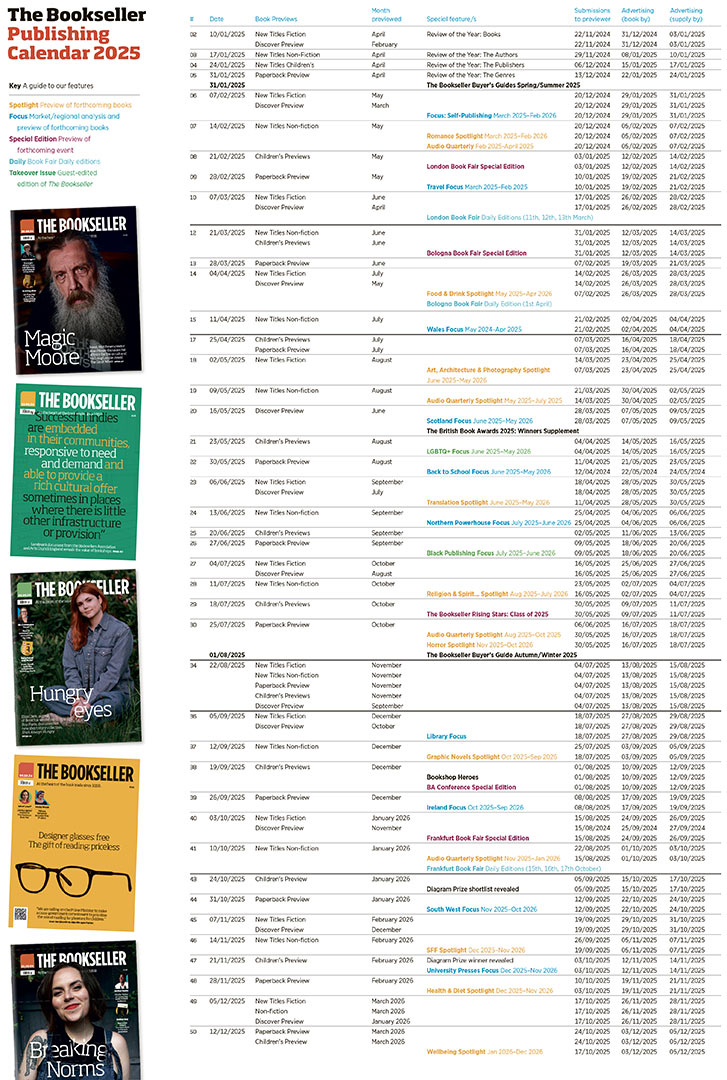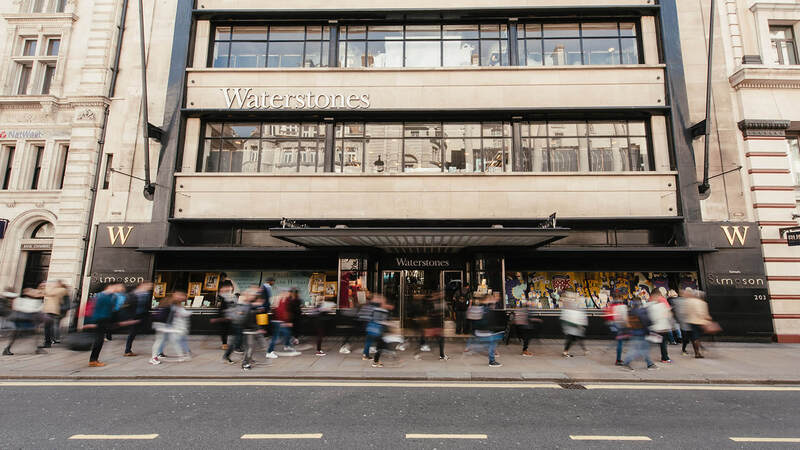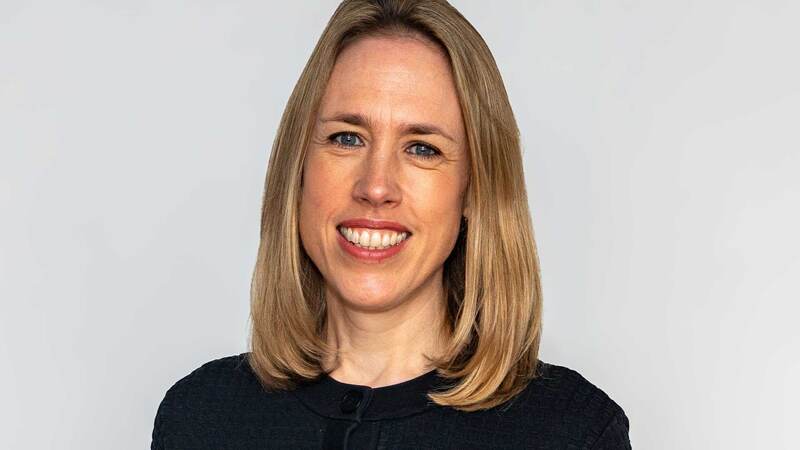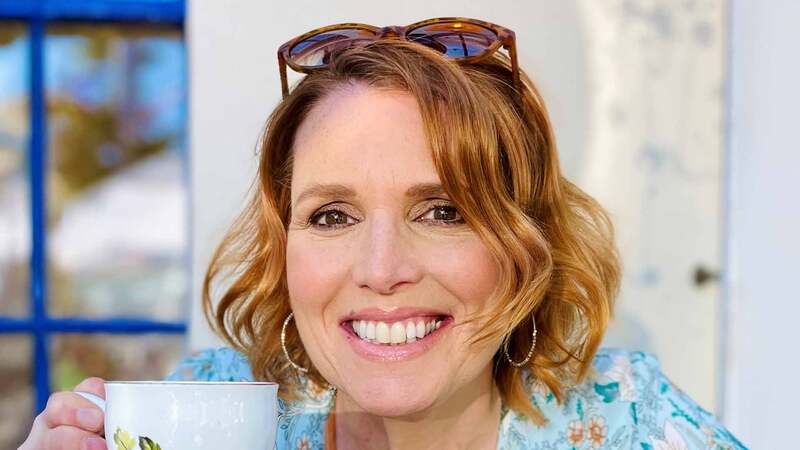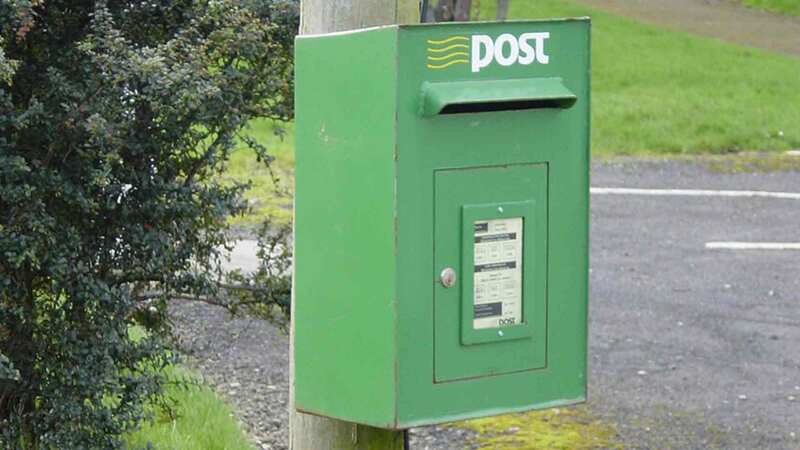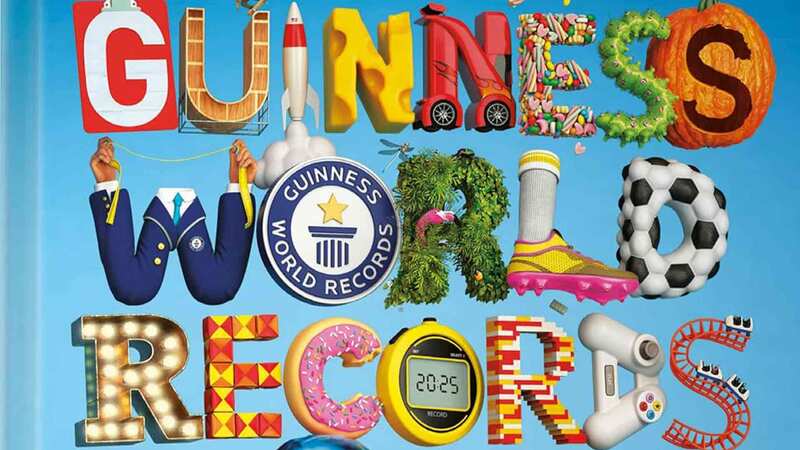You are viewing your 1 free article this month. Login to read more articles.
The wonder years
Earlier this week the poverty campaigner and food writer Jack Monroe took the Office for National Statistics (ONS) to task for the way its measure of inflation underplays the consequences for food buyers. The body had earlier reported that the Consumer Price Index for inflation rose to 5.4% in December, the highest level for nearly 30 years. For Monroe, the figure, high though it was, only tells a “fragment” of the real impact on the cost-of-living crisis, particularly for those on limited incomes.
As a result of her campaigning, Monroe has won support from a number of parties (including the ONS), and will now run her own price index “that will document the disappearance of the budget lines and the insidiously creeping prices of the most basic versions of essential items at the supermarket”. There is a lesson here for the book business, but perhaps not the one you might expect.
Books are far too cheap. Since the ending of the Net Book Agreement in 1995, the price of books has gone one way: down. In 1992, the two big sellers, Delia Smith’s Christmas and Guinness World Records, cost £12.95 and £12.99 respectively. Today, their equivalents set you back about £10. If book prices had risen with inflation, the cost would be £30, an r.r.p. some publishers might aspire to put on their titles, but one which few booksellers can retail them at. In fiction, the differential is even more stark: in 1992 the new Dick Francis would have cost £14.99, meaning Richard Osman’s hardback The Man Who Died Twice should proudly display an r.r.p. of £35. Reader, it does not.
But as with the inflation figure, the real story behind all this is harder to get at. For one, we are hardly a sector in crisis: Nielsen’s year-end statistics, the publisher performance figures and Bloomsbury’s latest results announcement all point upwards, and healthily so.
Publishing has had a charmed couple of years.
Demand for the product has rarely been higher, and the incline towards digital continues to improve profits. There has also been a reduction in office costs and a much reduced outlay on travel, and, with fewer parties or author tours to fund, publishers have saved money on launch costs too. It is not now uncommon to see profit margins of 20% or more for the bigger groups, as Bloomsbury’s trading statement affirms—at least double what would have been thought possible back in 1992.
But the book business is not sheltered from the costs of living, and neither are its suppliers—namely authors—or booksellers and employees. As with many sectors, the costs of doing business are only likely to rise as the latent impacts of both Brexit and the pandemic feed through. As we reported on Monday, indie presses are already concerned about “hikes of up to 40% in printing costs”. Meanwhile, the prices for paper and ink are also only going in one direction, exacerbated by high energy costs.
That publishers have improved profits while largely still selling books at the prices they once were is one of the wonders of the modern age. Continuing the trick may be tougher to pull off.



